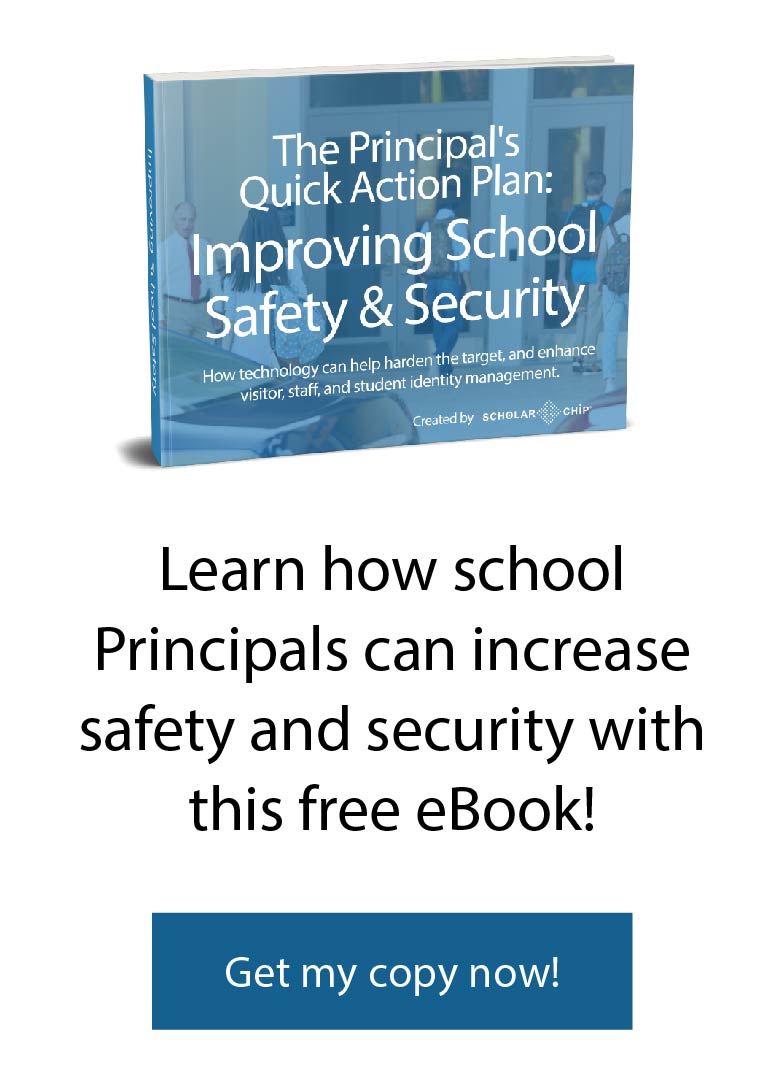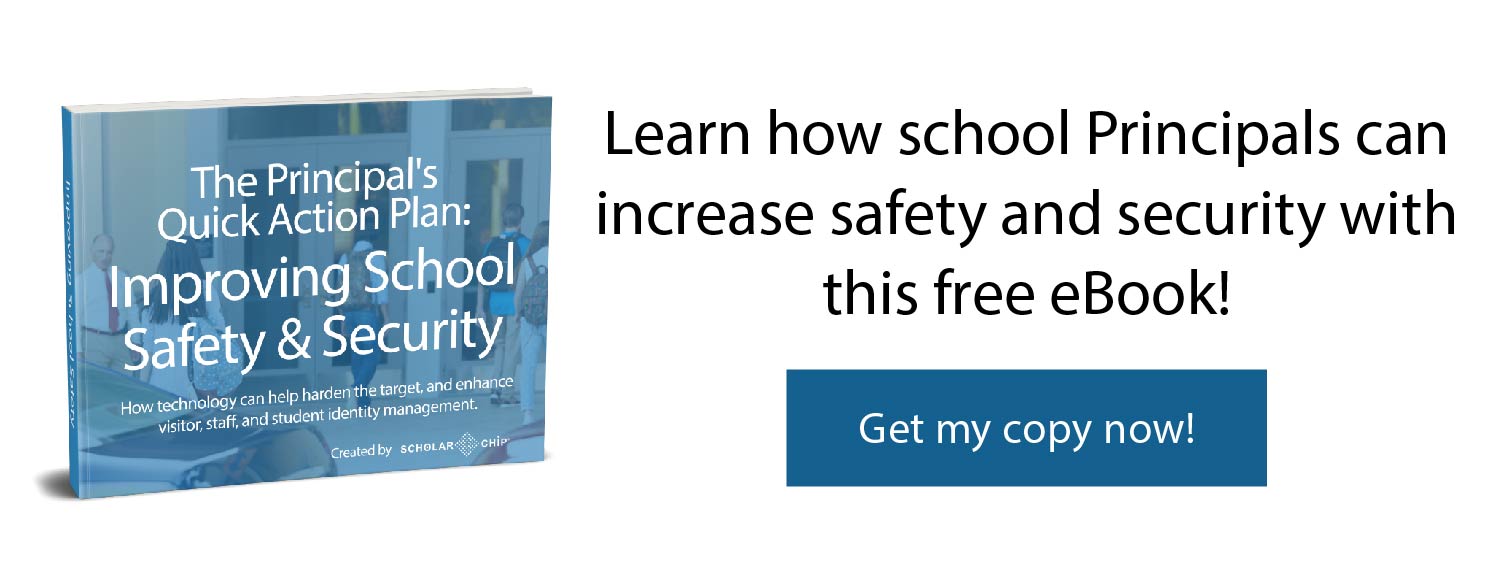A school’s culture develops over years, growing from the shared experiences, beliefs and traditions of everyone within the school community. A culture may be positive, nurturing a sense of belonging, encouraging teamwork and celebrating individual and group successes to create an inclusive and trusting place where children learn and thrive. A positive culture cultivates a safe environment with everyone in the community looking out for each other.
At the opposite end of the spectrum, a negative school culture foments hostility and suspicion. This threatening environment forces members of the school community to focus on self-preservation to the detriment of safety, learning and growth.
A school’s culture is not static. It continuously develops and reshapes itself in response to the school’s climate, the daily events and conditions in the building. Climate describes the mood of a building — happy with the successful launch of a new program or angry with the announcement of a new, unpopular mandate, and, has been the case in many districts, fearful following nationally publicized incidents of school violence.
For more than a century, educators and parents have organized, first as the National Congress of Mothers, then the National Parent Teacher Association, to secure quality education, health and safety for all students. These stakeholders have recognized that it takes an entire community to achieve this end. The National School Climate Center (formerly the Center for Social and Emotional Education) created the National School Climate Standards to work in tandem with PTA National Standards for Family School Partnerships.
The Climate Center framework requires school leaders to identify, create and nurture policies and practices that promote emotional, social, civic, and ethical intelligence in addition to academic knowledge. This requires community-wide understanding and acceptance of policies and consistency in their application. By developing these policies and implementing systems to promote, enhance and sustain a positive school climate, school leaders can reshape the school culture to one that embraces learning, collaboration and growth while mitigating threats to student and staff safety and well-being.
Strategy #1: Establish unobtrusive procedures for actual and perceived security
Armed guards and surveillance cameras may help protect a school against intruders, but they do so at great cost. Dedicating resources to hardening a building not only takes away funds that could be applied towards educational programs, installing overt security systems sends the message, “there is reason to fear” and creates an uneasy climate.
The ability to control access over building entry is critical to security but is better done with a less prison-like approach. A visitor management system that moves responsibility for checking in and out of a building, or rooms in a building, to students, staff, vendors and visitors, and allows administrators to quickly verify who is in the building at any one time, will permit security without creating an authoritarian atmosphere.
Strategy #2: Create a genial climate with prosocial activities
Students who view administrators and faculty as trusted adults with whom they can share their problems and concerns will come to the school with a positive attitude. Contrast this with a building where the adults are viewed primarily as functioning to enforce rules. This creates an adversarial relationship and a hostile climate.
By proactively applying resources to help students develop social-emotional skills and engaging the community and families in school activities that teach prosocial behaviors — volunteering, sharing, team problem-solving, etc. — students can learn the role they play in society and ways to navigate conflict without violence.
Strategy #3: Make “every student, every day” the attendance norm
Showing up each school day is the minimum you would hope for with students, yet chronic absenteeism, missing 10 percent or more of school days each academic year, is a problem nationwide. Unchecked absenteeism sends the message that time in class is not valued, which eats away at morale and makes for a negative school climate.
Systems that shift the responsibility for recording attendance to the students give them a vital sense of autonomy, which Self-Determination Theory holds is one of three psychological needs necessary for self-motivation, social development and well-being. With the ability to check themselves in and out of school, students have a greater sense of control, engendering motivation and social development. Automated systems also eliminate inconsistencies and discrepancies created with manual attendance recording systems.
Strategy #4: Implement a comprehensive Behavior Management system
Statistically, the greatest threats to students and school personnel come from within the school. Bullying and fighting create a hostile environment and threaten the health and well-being of everyone in the school community. The U.S. Department of Education guidelines for improving school climate and discipline stress the importance of clear expectations for behavior. Consequences of behavior code violations must be age appropriate and consistently applied.
To be effective, a behavior management system must have the capacity to track positive and negative behaviors over time and document details so that if patterns exist, they will become evident. A comprehensive program will include details of interventions and referrals that follow a student throughout his or her academic career. Documentation of behaviors and interventions must be consistent and uniform to ensure expectations are clear to everyone in the school.
Strategy #5: Build Relationships
Positive personal relationships are the underpinnings of a united community. Students who feel excluded, who feel they have no personal investment in their school, move around the periphery. They may be brought into the community through mentoring programs. Re-engage at-risk students by pairing them with adults, either educators within the school or members of the local community that come into the school for this purpose. Buddy programs between older and younger students and community service programs contribute to peer-to-peer relationships.
Creating student representative advisory positions with the Board of Education provides valuable civics education and gives students more of a stake in their school and education.
School leaders, faculty, staff, students, and their families need a shared vision of the school and its mission. The role of administration is to provide the infrastructure needed to improve school culture and create a secure environment for teaching and learning. Changing a school’s culture requires changing patterns of behavior including the way members of the school community relate to each other. New technologies, by facilitating collaboration and streamlining tasks and assign responsibility can facilitate change.
ScholarChip is an all-in-one, platform solution to help reduce school threats and address the important issues surrounding school safety. Data from students, faculty, and stakeholder are leveraged to manage school access, attendance, and behavior management through the platform tools to increase safety and promote the campus climate schools are looking for.
To learn more about how you can improve your school culture and reduce school threats, reach out to ScholarChip today for a 1-on-1 discussion today!


